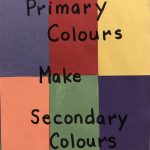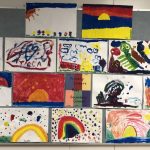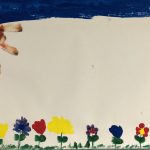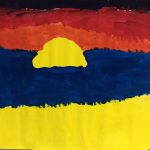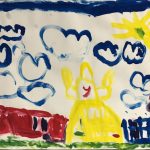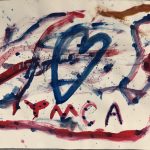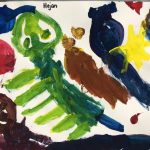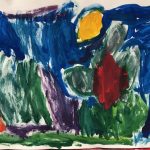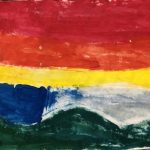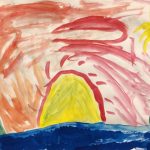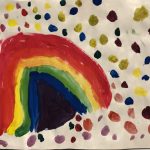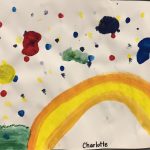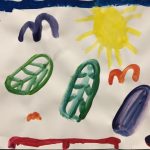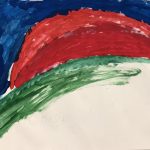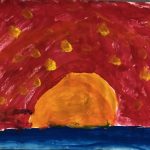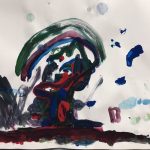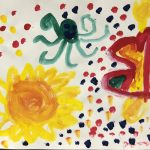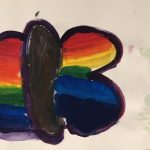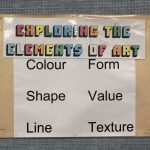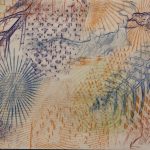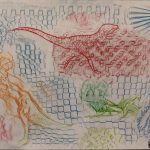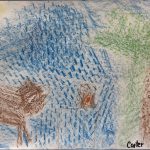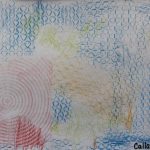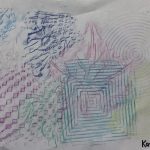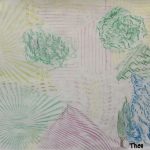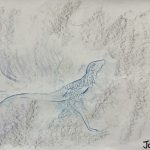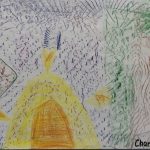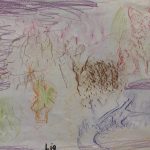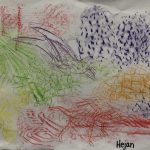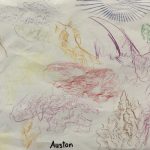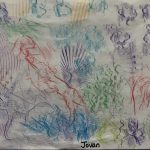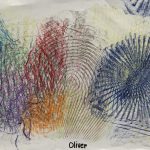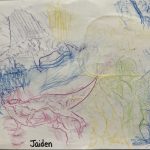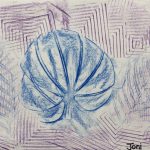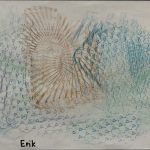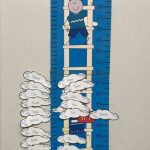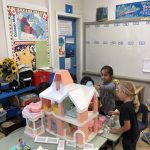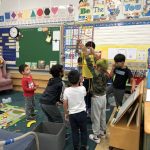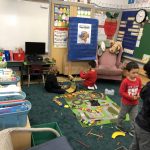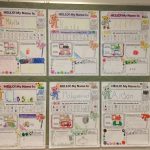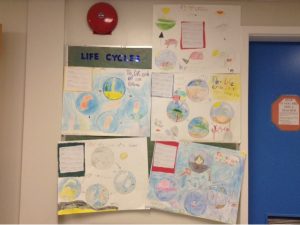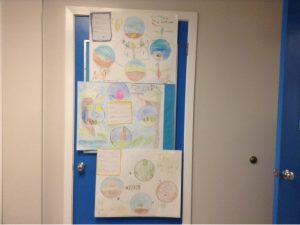Establishing a Routine
As we move into learning at home it will be important to set up a daily routine. I invite you to design a routine that will work best for your family. Your child’s day should be balanced between ‘academics’, exercise, nutrition breaks, hands on learning, and free time. If possible, get outside daily for both a change of scenery and for some fresh air. If there are other siblings in the house, or you are working from home, do the best you can! The amount of time you schedule for each learning activity will depend on your child and their ability to focus. As a rule, block in 15 to 30 minute periods.
Ideas to Consider:
- consistent time to wake up and go to sleep (9 – 12 hours each night is recommended)
- consistent times for breakfast, lunch, dinner, and snacks (keep food choices as healthy as possible to feed the brain)
- time for your child to complete his/her ‘chores’ (for example, make his/her bed, put the dishes in the dishwasher, etc.)
- bedtime stories
- physical activity breaks (including time in fresh air, if possible)
- a limited amount of computer time
- hands on play time – with Lego, building materials, favourite toys, etc.
- if you can arrange it, some virtual face to face time with a classmate or family member to build in social experience
- family time
- anything else your family values
Below is from the Ministry:
K-3 Suggested Learning Framework Overview:
Areas of Learning: SEL and Connection: 20 minutes / day
Literacy: 20 minutes / day
Numeracy: 20 minutes / day
Flexible Learning: Flexible Timeframe
How that looks for Division 6:
SEL and Connections are covered in our Small Group, and Whole Class, meetings each day.
For the Literacy area, your child should be using RAZ-Kids (for Reading) and their Journal (for Writing). I monitor the RAZ-Kids activity each Wednesday and can see how your child is doing. For Writing, I would appreciate if you could take a picture, and upload it to Teams, of their Journal once a week so I can see how they are doing.
For Numeracy, they have their booklets on Measurement as well as their Zorbits accounts. I will be monitoring these accounts, as well.
Our “Flexible Learning” is, for now, our weekly ADST projects. Other things may be added in as this situation continues.
I hope this gives you some helpful ideas!
Email me if you need support with anything.
Mrs. S. Temple
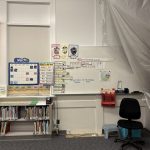 Yes, I know the date is wrong … I noticed it after I had taken the photos and gone home 🙄😂
Yes, I know the date is wrong … I noticed it after I had taken the photos and gone home 🙄😂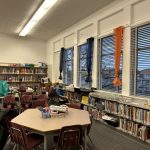
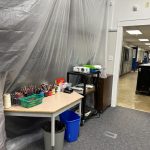
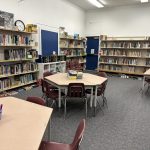
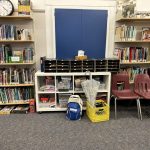
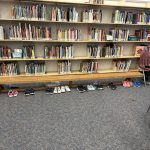
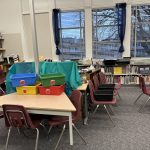 With a bit of luck we will be returning to our classroom by Wednesday or Thursday next week. We will definitely be appreciating being back ‘home’ 😊
With a bit of luck we will be returning to our classroom by Wednesday or Thursday next week. We will definitely be appreciating being back ‘home’ 😊
